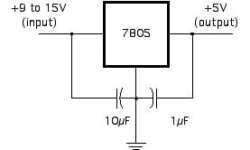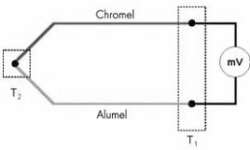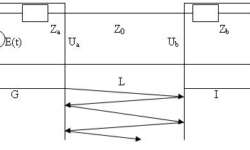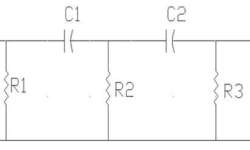Tradeoff between DC motors and stepper motors

This is a small comparison made between three types of motors: DC motors and stepper motors. Let’s see what their cons and pros are: Stepper motors don’t require feedback to determine position. The microcontroller determines the position by sending pulses to stepper motor; When the load is too high to the stepper motor, then it may stall, and there is no way to report this to the microcontroller; DC motors with feedback can report stalls on high loads or other conditions; Stepper motor has no brushes – there is no EMI; Stepper motor may produce full torque – this enables them to hold the rotor in the desired position; DC motors deliver more torque at higher speeds than stepper motors; Stepper motors can produce low speed without loss of torque. Dc motors lose torque at low speed because of low current;














